The Eurepean Space Agency’s Mars Express spacecraft’s software will be upgraded after 19 years, to make extended observations.
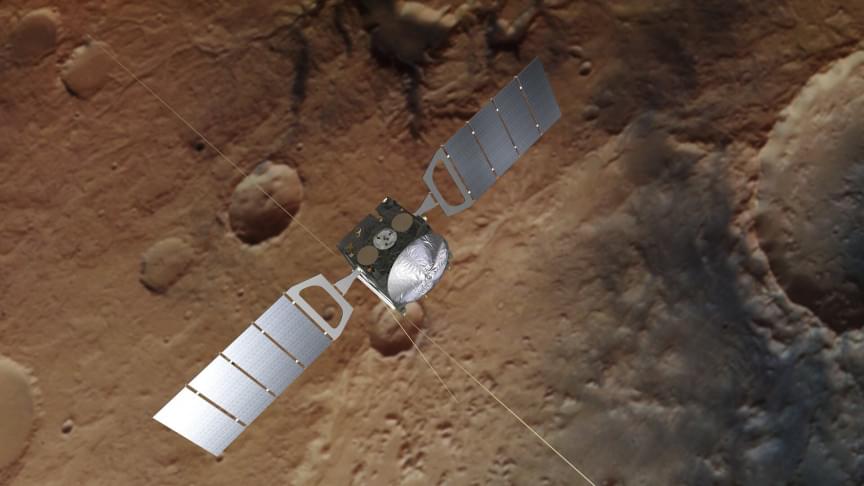

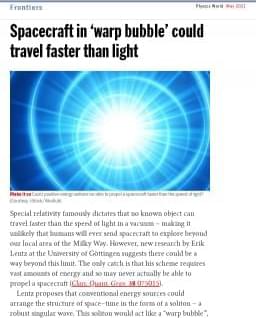
Special relativity famously dictates that no known object can travel faster than the speed of light in a vacuum – making it unlikely that humans will ever send spacecraft to explore beyond our local area of the Milky Way. However, new research by Erik Lentz at the University of Göttingen suggests there could be a way beyond this limit. The only catch is that his scheme requires vast amounts of energy and so may never actually be able to propel a spacecraft (Class. Quant. Grav. 38 075015).
Lentz proposes that conventional energy sources could arrange the structure of space–time in the form of a soliton – a robust singular wave. This soliton would act like a “warp bubble’”, contracting space in front of it and expanding space behind. Unlike objects within it, space–time itself can bend, expand or warp at any speed. A spacecraft contained in a hyperfast bubble could therefore arrive at its destination faster than light would in normal space without breaking any physical laws.
It had been thought that the only way to produce a warp drive was by generating vast amounts of negative energy – perhaps by using some sort of undiscovered exotic matter or by manipulating dark energy. To get around this problem, Lentz constructed an unexplored geometric structure of space–time to derive a new family of solutions to Einstein’s general relativity equations called positive-energy solitons. Though Lentz’s solitons appear to conform to Einstein’s general theory of relativity and remove the need to create negative energy, space agencies will not be building warp drives any time soon, if ever. Part of the reason is that Lentz’s positive-energy warp drive requires a huge amount of energy. According to Lentz, a 100 m radius spacecraft would require the energy equivalent to “hundreds of times the mass of Jupiter”.
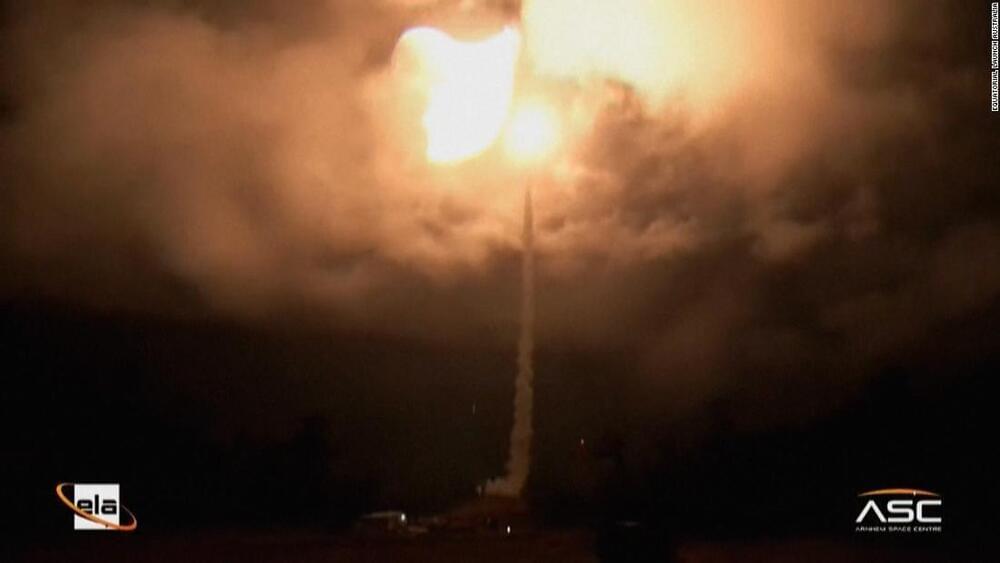
NASA has successfully launched a rocket from Australia’s remote Northern Territory, making history as the agency’s first commercial spaceport launch outside the United States.
The rocket blasted off at just past midnight local time Monday from the Arnhem Space Center on the Dhupuma Plateau, near the township of Nhulunbuy, according to Equatorial Launch Australia (ELA), the developer, owner and operator of the center.
The rocket is expected to travel more than 300 kilometers (186 miles) into space on its mission to observe the Alpha Centauri A and B constellations – the nearest star systems to the Earth.
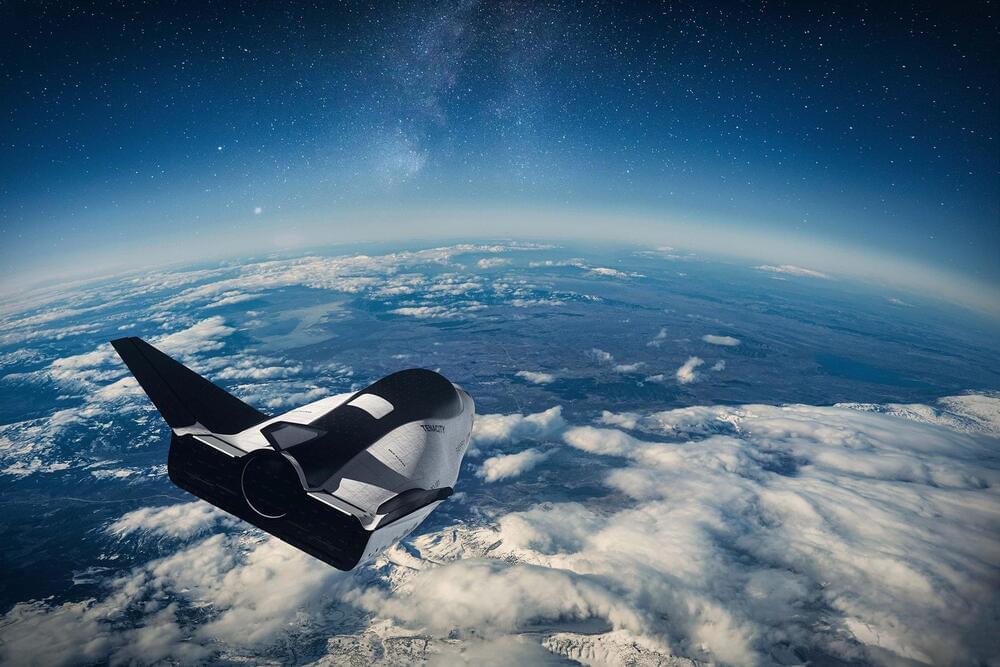
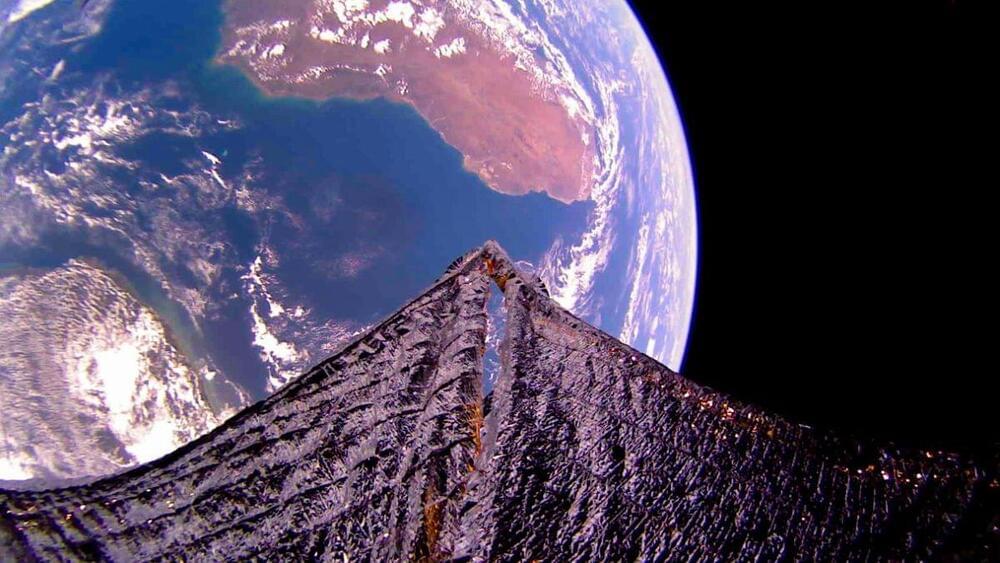
The mission, far beyond its design lifetime, may fall into the atmosphere in a few months.
A solar-sailing mission is now marking three years of spaceflight, but is unlikely to celebrate a fourth anniversary.
The Planetary Society’s LightSail 2 is a crowdfunded solar sail that launched June 25, 2019. It was expected to last a year in an assessment of how well a spacecraft could perform using only the power of the sun.
It started with JPL agreeing to land something on Mars – cheaply – and do it in a radically different way. This is how the era NASA called “Faster, Better, Cheaper” began. The documentary film “The Pathfinders” tells the story of a small group of engineers at NASA’s Jet Propulsion Laboratory who did not heed warnings that the audacious challenge of landing on Mars with airbags would likely not be a career-enhancing move.
From relying on a parachute that could not be tested in a way to match the Martian atmosphere to receiving the late addition of an unwanted rover that wouldn’t have looked out of place in a toy store, the Mars Pathfinder mission was a doubter’s dream, taken on by a mostly young group of engineers and scientists guided by a grizzled manager known for his maverick ways.
“The Pathfinders” retraces the journey of this daring mission to Mars that captured the imagination of people around the world with its dramatic landing and its tiny rover – the first wheels ever to roll on Mars.
Documentary length: 60 minutes.
New anthropological research suggests our ancestors enjoyed long slumbers.
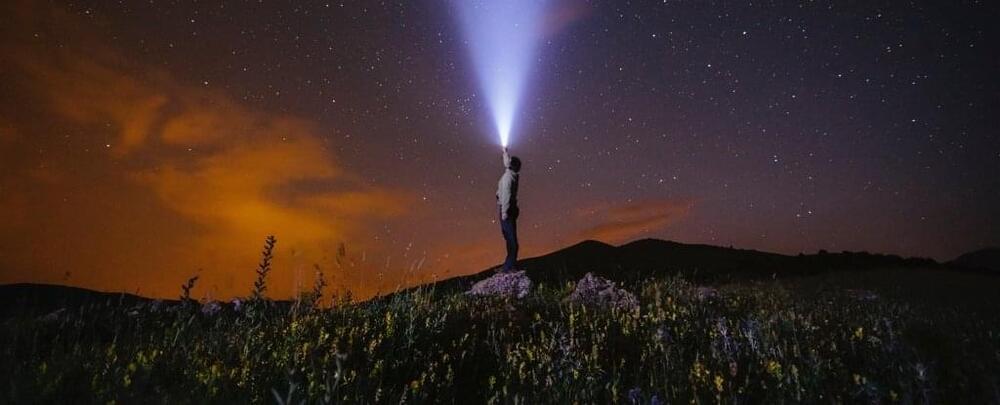
In about 5 billion years, the Sun will leave the main sequence and become a red giant. It’ll expand and transform into a glowering, malevolent ball and consume and destroy Mercury, Venus, Earth, and probably Mars.
Can humanity survive the Sun’s red giant phase? Extraterrestrial Civilizations (ETCs) may have already faced this existential threat.
Could they have survived it by migrating to another star system without the use of spaceships?
Raytheon Intelligence & Space’s high-energy laser systems use photons, or particles of light, to carry out military missions and civil defense. This directed energy technology enables detection of threats, tracking during maneuvers, and positive visual identification to defeat a wide range of threats, including unmanned aerial systems, rockets, artillery and mortars.
Raytheon Intelligence & Space’s laser solutions are a set of technologies that use photons, or particles of light, to carry out military missions. They measure distance, designate targets and can defeat a wide range of threats, including UAS.
DARPA’s DRACO Nuclear Powered spaceship is a potential game changer. Lean how and why the Space Force and NASA may use Nuclear Thermal Rockets (NTRs). Will it revolutionize space for better or for worse? Please Subscribe to my Channel for more space news.
You can support Galactic Gregs by supporting the sister channel Green Gregs by clicking the links below:
See the Special Deals at My Patriot Supply: www.PrepWithGreg.com.
Awesome deals for long term food supplies!
For gardening in your Lunar habitat Galactic Gregs has teamed up with True Leaf Market to bring you a great selection of seed for your planting. Check it out: http://www.pntrac.com/t/TUJGRklGSkJGTU1IS0hCRkpIRk1K